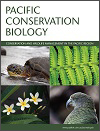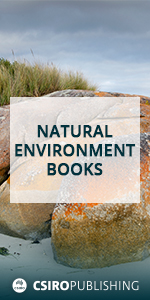Traditional Ecological Knowledge (TEK) is lost rapidly on a global scale. We investigated the Koiari Indigenous People’s TEK of the Vanate (Paradisaea raggiana), which is the national bird of Papua New Guinea (PNG), along the Kokoda Track in PNG. High linguistic variation in bird names was found with Koiari Indigenous People needing to conserve this bird.
PC24067 Abstract | PC24067 Full Text | PC24067PDF (1.6 MB) | PC24067Supplementary Material (318 KB) Open Access Article





